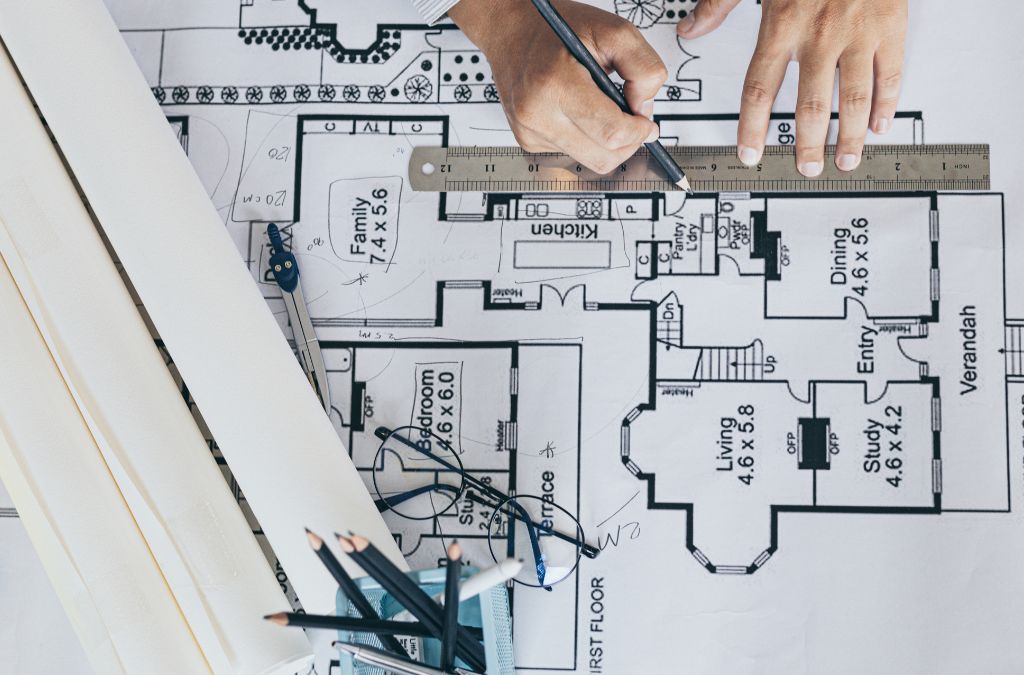-
Table of Contents
- The Visionary Architect: Crafting Tomorrow’s Skylines
- The Role of Visionary Architects
- Green Technologies
- Smart Building Systems
- Case Studies of Visionary Architecture
- Marina Bay Sands, Singapore
- One Central Park, Sydney
- The Impact of Visionary Architecture on Society
- Improved Quality of Life
- Environmental Sustainability
- The Future of Visionary Architecture
- 3D Printing and Modular Construction
- Artificial Intelligence and Machine Learning
- Biophilic Design Principles
- Adaptive and Resilient Structures
- Conclusion
The Visionary Architect: Crafting Tomorrow’s Skylines
Architecture has always been a reflection of human ambition and creativity. From the ancient pyramids of Egypt to the modern skyscrapers of New York, the built environment tells the story of our progress and aspirations. Today, visionary architects are pushing the boundaries of design and technology to create the skylines of tomorrow.
The Role of Visionary Architects
Visionary architects are not just designers; they are innovators who foresee the needs of future generations. They integrate sustainability, technology, and aesthetics to create buildings that are not only functional but also inspiring. Their work often involves:
- Incorporating green technologies
- Utilizing smart building systems
- Emphasizing community and social spaces
- Blending traditional and modern design elements
Green Technologies
One of the most significant trends in modern architecture is the integration of green technologies. These include solar panels, green roofs, and energy-efficient systems that reduce the environmental impact of buildings. For example, the Bosco Verticale in Milan features vertical forests that help reduce pollution and provide natural insulation.
Smart Building Systems
Smart building systems are another key component of future architecture. These systems use sensors and automation to optimize energy use, enhance security, and improve the overall comfort of occupants. The Edge in Amsterdam is a prime example, often cited as the greenest and smartest building in the world.
Case Studies of Visionary Architecture
Several projects around the world exemplify the principles of visionary architecture. These buildings not only serve their intended purposes but also set new standards for design and sustainability.
Marina Bay Sands, Singapore
Marina Bay Sands is an iconic structure that has redefined Singapore’s skyline. Designed by Moshe Safdie, this integrated resort features three 55-story towers connected by a sky park. The design incorporates sustainable elements such as rainwater harvesting and a cooling system that reduces energy consumption.
One Central Park, Sydney
One Central Park in Sydney is another example of visionary architecture. Designed by Jean Nouvel, this residential complex features a vertical garden that covers the building’s facade. The garden not only enhances the aesthetic appeal but also improves air quality and provides natural insulation.
The Impact of Visionary Architecture on Society
Visionary architecture has a profound impact on society. It shapes the way we live, work, and interact with our environment. Some of the key benefits include:
- Improved quality of life
- Enhanced environmental sustainability
- Economic growth and job creation
- Promotion of cultural and social values
Improved Quality of Life
Buildings designed with the future in mind often include features that enhance the quality of life for their occupants. These can range from natural lighting and ventilation to communal spaces that foster social interaction. The High Line in New York City, for example, has transformed an old railway line into a vibrant public park that enhances the urban experience.
Environmental Sustainability
Sustainable architecture reduces the environmental impact of buildings and promotes the use of renewable resources. This not only helps combat climate change but also ensures that future generations can enjoy a healthy and sustainable environment. The Bullitt Center in Seattle is a leading example, designed to be the greenest commercial building in the world.
The Future of Visionary Architecture
The future of architecture is likely to be shaped by several emerging trends and technologies. These include:
- 3D printing and modular construction
- Artificial intelligence and machine learning
- Biophilic design principles
- Adaptive and resilient structures
3D Printing and Modular Construction
3D printing and modular construction are revolutionizing the way buildings are designed and constructed. These technologies allow for faster, more efficient construction processes and enable the creation of complex, customized designs. The first 3D-printed office building in Dubai is a testament to the potential of these technologies.
Artificial Intelligence and Machine Learning
Artificial intelligence and machine learning are increasingly being used to optimize building design and operation. These technologies can analyze vast amounts of data to improve energy efficiency, predict maintenance needs, and enhance occupant comfort. The use of AI in architecture is still in its early stages, but its potential is immense.
Biophilic Design Principles
Biophilic design principles emphasize the connection between humans and nature. This approach integrates natural elements into the built environment, promoting well-being and reducing stress. The Amazon Spheres in Seattle, which house over 40,000 plants, are a striking example of biophilic design.
Adaptive and Resilient Structures
As climate change and urbanization continue to pose challenges, the need for adaptive and resilient structures becomes more pressing. These buildings are designed to withstand extreme weather events and adapt to changing conditions. The Floating Pavilions in Rotterdam, which can rise and fall with water levels, exemplify this approach.
Conclusion
Visionary architects are at the forefront of shaping the skylines of tomorrow. By integrating sustainability, technology, and innovative design, they create buildings that not only meet the needs of today but also anticipate the challenges of the future. As we look ahead, the role of these architects will be more critical than ever in crafting a built environment that is both inspiring and sustainable.
